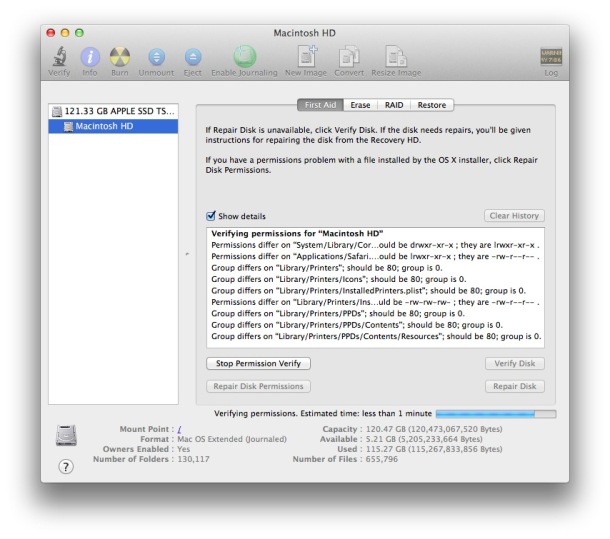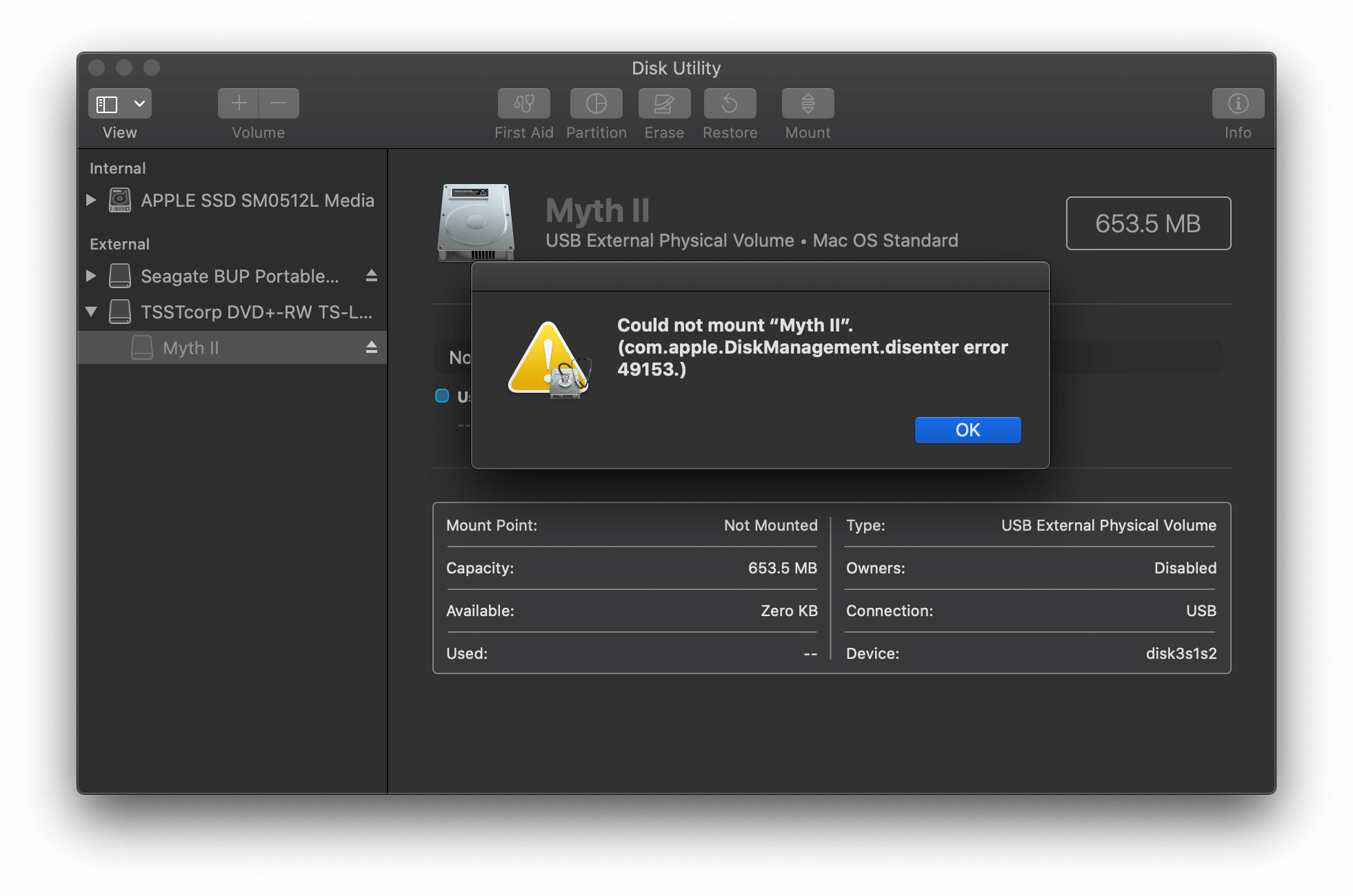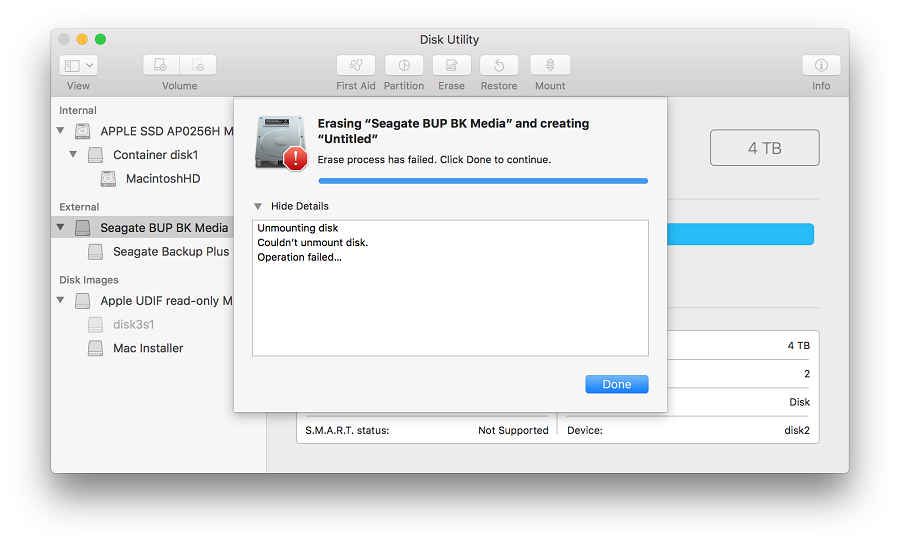
:max_bytes(150000):strip_icc()/format-mac-drive-using-disk-utility-os-x-el-capitan-later-2260751-befc233e5020482f8dbbd2886cf59e0b.jpg)
- #Mac os disk utility cannot repair this disk how to
- #Mac os disk utility cannot repair this disk mac
But of course, this isn't always the case, is it? Sometimes, your Mac just decides to make things a little harder for you.
#Mac os disk utility cannot repair this disk how to
Part 4: How to Fix Errors When Formatting Mac Hard Driveįormatting your drive should be an affair that takes up, at most, minutes of your time. The next window will show you the Format of the disk. Choose the volume in "Finder", then select "File" and "Get info" from the menu bar. Open up "System Configuration" and choose "Storage".Ģ. Open up "Disk Utility" and select the volume or drive. Have a read below and determine which one best suits your needs.ġ. Knowing the right one to choose depends on what you intend the drive to be primarily used for. The file formats out there waiting to be used by you are few. Part 3: Different Formats of Mac Hard Drive If an annoying message keeps notifying you that your disk can't be read by your Mac, it's time to format it.If you intend to change the format of the disk, perhaps from exFAT to APFS, then erasing your disk is necessary.Restoring your Mac to factory settings entails formatting the disk too.It's often a good idea to format the drive clean so both viruses and errors are wiped off into oblivion. Serious errors or viruses can doctor your macOS so it ignores your commands and wreaks havoc on your drive and files.For your Mac's new owner, the files you left in it could just be a bonus of sorts, but for you, it's an inadvertent breach of your privacy. Just remember you have sensitive data in your drive.


Backing them up might be a tedious task, particularly if your hard drive is the motherload of data, but would you rather forgo it and jeopardize the security of your files? Because you're not a machine and it's probable for you to forget you still have important files in the drive to be formatted.

There are different file systems, as you'll soon find out, and each has unique features that some of the other file systems may or may not have.Ī) Startup your Mac and press the "Option"+ "⌘" + "R" keys to boot into "Recovery". How to Format New Hard Diskįormatting a new disk, in the simplest of terms, means setting up a file system in the new drive to work with your macOS. No one needs to tell you formatting your Mac's drive entails reinstalling the macOS afterward, right? As long as you're aware of that, you're good to go. Apple has given you several options to choose from should you ever need to format or reformat your drive. The simple reason you might want to completely wipe your Mac's internal drive is that it has encountered one serious error or another.


 0 kommentar(er)
0 kommentar(er)
